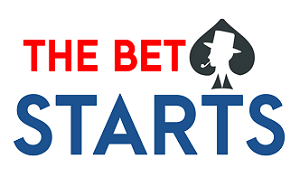The relationship between UFABET sports broadcasting and the media is complex. It involves many different types of content, varying in length and format. Sports broadcasters are typically male, with around 80% of them being male. Despite this gender imbalance, there is still some room for female broadcasters. Some events, such as ice skating and gymnastics, are particularly well-representative of female sportscasters. Other sports, such as football and rugby, have largely stayed true to the stereotypical male broadcaster. Other sports, however, have begun breaking away from this tradition.
In addition to traditional sports reporters, there are a wide variety of other professionals who contribute to the enjoyment of watching sport. Professional athletes, for example, are increasingly reaching celebrity status and winning sponsorship deals from all kinds of companies and advertisers. Their popularity has even extended to the multi-million-dollar video game industry. But the media and sports broadcasting have changed dramatically over the years. Many sports journalists are now in the midst of a revolution in sports coverage.
While a handful of networks continue to sell sports content, most of them are selling it to super-rich media networks. In 2003, the Notre Dame football team sold six games to NBC for $9 million. The result? A 23 percent drop in ratings. The media and sports world need to work together to make the best of both worlds. By offering a wide variety of entertainment, sports broadcasting can make a significant difference to viewers’ lives.
The role of sports broadcasters has changed radically since the invention of live television. Sportscasters provide commentary and analysis of game action, and often talk about their own personal experiences as well. Ultimately, these broadcasters keep fans entertained during a sporting event by interacting with them and sharing their opinions. If you want to know more about sports broadcasting and the media, this is the course for you! And it is not only the sports broadcasters who make a difference to the viewer’s experience, but to their future success as well.
Today, we can watch sports games through a variety of means, from radio to computer. The first recorded instance of sportscasting occurred in Kansas in 1911 when a group of people learned to re-enact football games through telegraph. The first radio broadcast, however, was in Pittsburgh, Pennsylvania, in 1921. The first broadcast of a sporting event on television took place in 1936, while the first national televised sporting event was the Summer Olympics in Berlin.
Most sports broadcasters have at least a bachelor’s degree in journalism or a related field. Students interested in becoming sports broadcasters should consider majoring in sports journalism or mass communications. This program will equip them with the necessary skills to become a successful sportscaster. Students will also gain valuable experience through internships and field experiences. They should also take courses in sports history, media marketing, and public speaking. The next step in becoming a sports broadcaster or sports journalist is to apply for an accredited degree program.





